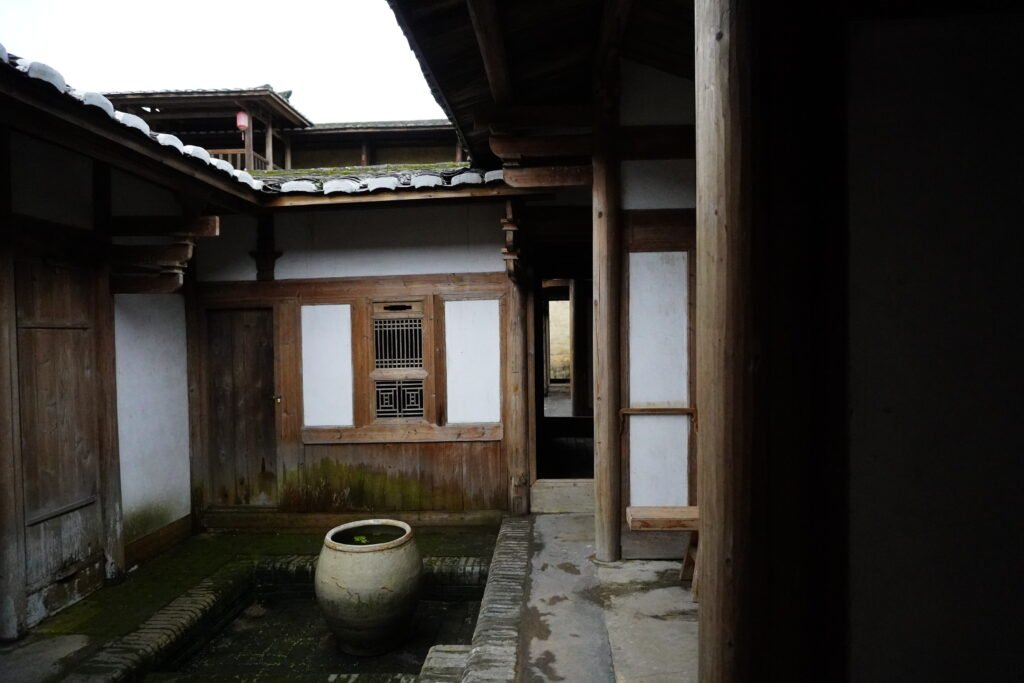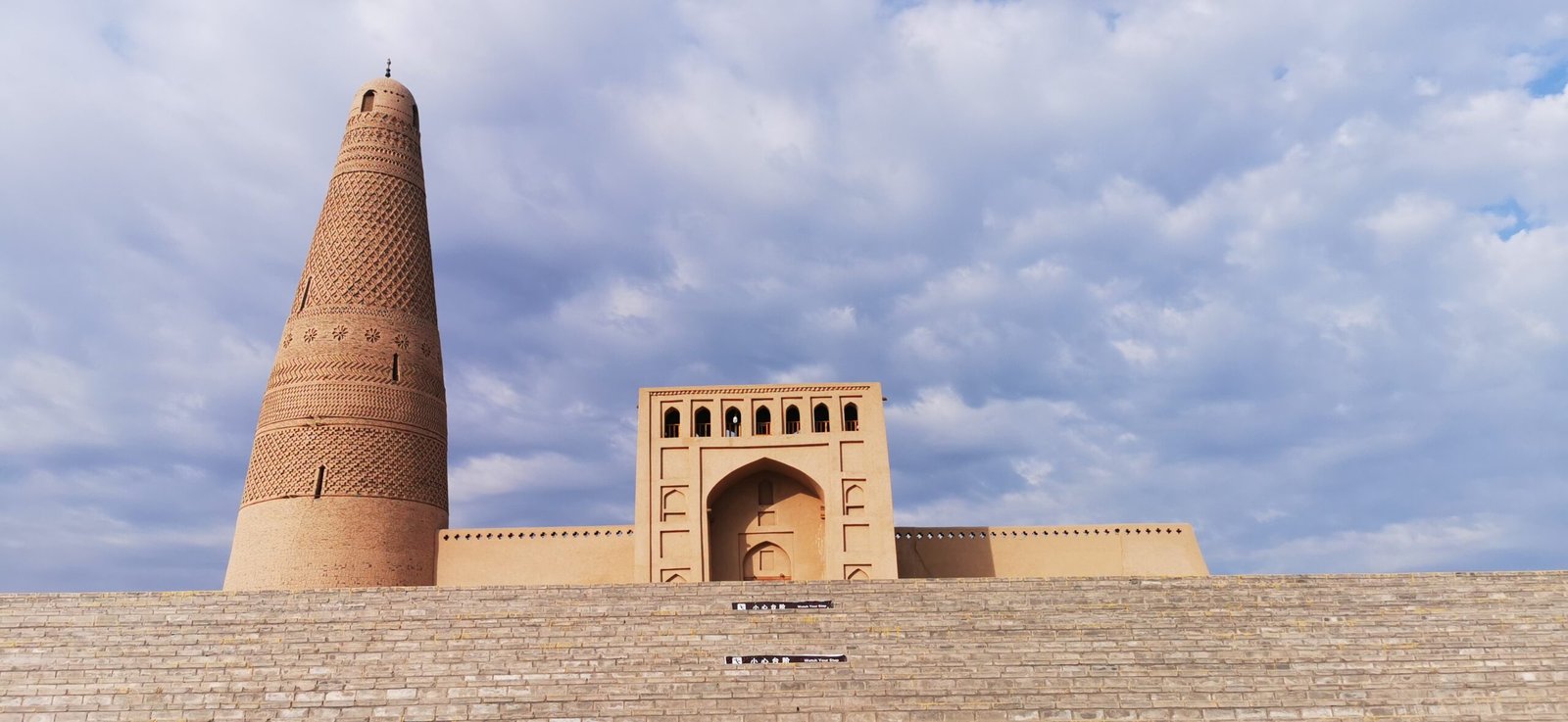Chinese architecture is famous worldwide for its elegance, symmetry, and deep cultural symbolism. Yet, despite its charm, most original examples of Chinese ancient architecture have not survived to the present day. Visitors to China may marvel at the Forbidden City or ancient temples, but few realize that these are rare survivors among countless wooden palaces, halls, and pavilions that were lost over the centuries. This article explores why Chinese wooden buildings are so difficult to preserve, focusing on the material and mechanical reasons behind their impermanence.
The Nature of the Wooden Structure
At the heart of Chinese architecture lies the wooden structure, a defining characteristic that differentiates it from stone-based systems such as those seen in Europe or the Middle East. While this flexible and modular system allowed builders to create magnificent halls and courtyards, it also made the buildings vulnerable to decay.

Timber as the Primary Material
Timber was chosen for most traditional buildings in China due to its abundance and workability. The post and lintel construction system, which relied on columns and beams joined by mortise-and-tenon techniques, created a strong yet elastic frame. However, this reliance on organic material means that the building’s lifespan is inherently limited. Unlike stone, which resists rot, wood is prone to:
- Moisture damage – Absorbing water causes swelling, warping, and eventually rotting of beams and columns.
- Pest infestation – Termites and other wood-boring insects can silently weaken the structure over time.
- Fire risk – Wooden architecture is highly flammable, and many historical palaces were lost in devastating city fires.
The very qualities that make timber appealing—its lightness and warmth—are also its weaknesses when it comes to endurance.
Structural Mechanics of Wooden Buildings
The mechanical principles of Chinese wooden architecture were designed for stability and adaptability rather than permanence. The interlocking joints and bracket sets (dougong) distribute weight effectively, allowing the structure to resist earthquakes. However, because the wooden frame is not fixed to the ground in the same way as stone foundations, prolonged exposure to moisture and ground movement can loosen connections. Over centuries, this leads to instability and eventual collapse if constant maintenance is not performed.
Climatic Challenges in China
China’s vast geography subjects its wooden buildings to extreme weather patterns. In the humid south, constant rain and high humidity accelerate decay. In the dry north, seasonal temperature swings cause expansion and contraction of the wooden frame, stressing joints and surfaces.
Rain and Humidity
Excessive rainfall leads to water infiltration, particularly if roof tiles or drainage systems are damaged. Even a slight leak can compromise beams or decorative wooden panels. This is why roofs in Chinese traditional houses are often dramatically overhanging—to keep walls and structural components dry. Yet despite such design features, centuries of exposure inevitably take their toll.

Earthquakes and Wind Load
Many Chinese regions are seismically active. The wooden structure, with its flexible frame, performs remarkably well in earthquakes, preventing total collapse. However, each quake weakens the joints slightly, requiring restoration. Without timely repairs, the structure loses integrity.
Strong seasonal winds also affect endurance. Roof tiles can be dislodged, allowing rain to penetrate, while wooden members may shift over time.
The Constant Need for Maintenance
One of the most significant reasons for the rarity of ancient wooden architecture is the relentless demand for upkeep. A wooden building cannot simply be left alone for centuries. Regular inspection, repainting, replacement of decayed beams, and re-roofing are necessary to maintain structural soundness.
Dynastic Cycles and Reconstruction
Throughout history, successive Chinese dynasties often rebuilt rather than preserved. When a palace or temple was damaged, it was common practice to replace it entirely instead of restoring the original. This cycle of destruction and reconstruction means that many buildings standing today are faithful replicas rather than original artifacts.
For example, when visiting sites like the Forbidden City or the Temple of Heaven, one is typically looking at structures rebuilt during later dynasties, sometimes as late as the Qing period. The original Ming structures may have perished due to fire or disrepair.
Fire as the Greatest Enemy
No discussion of Chinese wooden buildings’ impermanence would be complete without mentioning fire. Historical records are filled with accounts of devastating blazes that consumed entire palace complexes. Since most cities used wooden architecture, a single spark could destroy neighborhoods.
Examples of Fire Loss
- The ancient Weiyang Palace of the Han dynasty, once the largest palace complex in the world, was burned to the ground.
- Many Buddhist temples across China were repeatedly rebuilt after fire damage, which is why few original Northern Wei or Tang wooden structures remain.
Although fire-prevention methods—such as firebreak courtyards and water storage ponds—were incorporated into planning, the risk could never be eliminated.
Comparison with Stone Architecture
Stone pagodas, bridges, and city walls often survive much longer than wooden halls. This is why tourists can still admire Chinese city walls in places like Xi’an or Nanjing, while palatial wooden complexes from the same era are gone. The comparison highlights the vulnerability of timber-based systems.
Yet, wooden construction was not chosen out of ignorance. Chinese architects favored wood because it was resilient to earthquakes, easily replaceable, and aligned with philosophical ideals of harmony between humans and nature. Endurance was never the primary design goal—renewal was.
Modern Conservation Efforts
Today, China places great emphasis on protecting its surviving wooden heritage. Restoration projects follow strict principles, using traditional joinery and materials whenever possible. UNESCO World Heritage sites like the Yungang Grottoes, while carved from stone, often include wooden pavilions rebuilt to maintain historical authenticity.
For those interested in how wooden structures were built, articles such as How a carpenter constructs the frame of traditional Chinese house provide insights into the techniques that shaped this fragile yet beautiful legacy.
Conclusion
The rarity of original examples of Chinese ancient architecture is not a failure of craftsmanship but the natural result of working with organic materials in a challenging environment. The wooden structure that defines Chinese architecture brings elegance and adaptability, yet it also demands constant care. Moisture, insects, fire, and time itself all conspire against its survival.
By understanding these material and mechanical reasons, we gain a deeper appreciation for the efforts of those who have preserved iconic sites. Each surviving temple or hall represents centuries of rebuilding, repair, and devotion. Chinese architecture may not always endure physically, but its principles and beauty continue to inspire modern architects and cultural enthusiasts alike.

